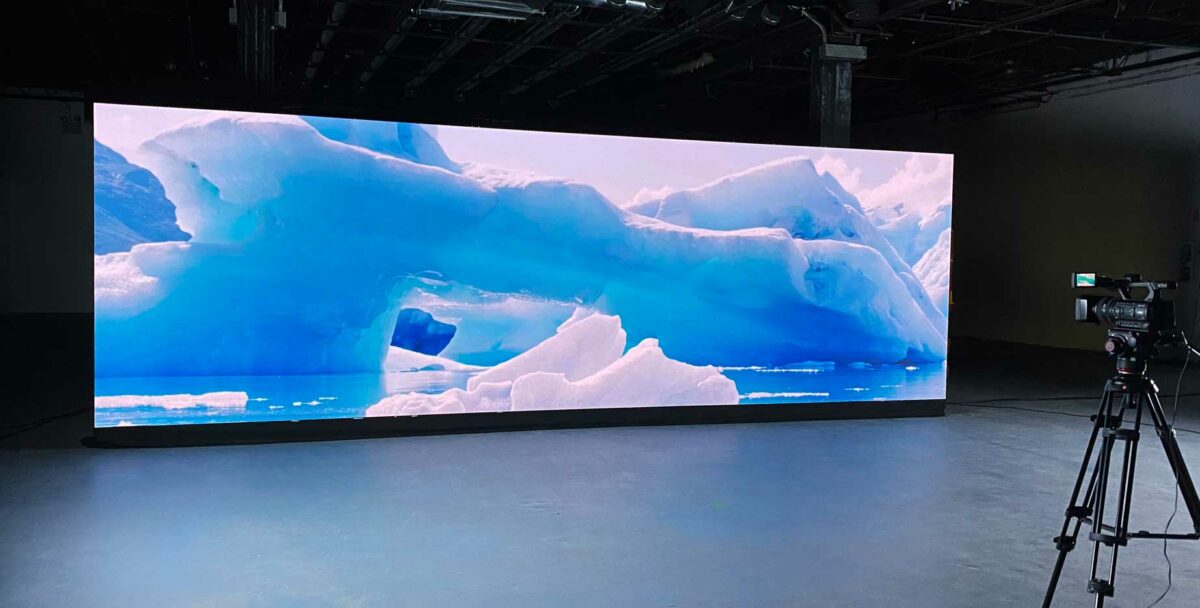Hue consistency in LED wall panels is crucial for attaining maximum optical performance. light-emitting diode wall panels are commonly used in multiple settings, including musical events, meetings, and promotional displays. When the hues on these screens are consistent, they create a more captivating and immersive encounter for audiences. Several key factors influence hue uniformity, including the caliber of the light-emitting diode components, calibration procedures, and surrounding factors.
The quality of the LED components plays a major role in hue uniformity. Different types of LEDs emit light at varying wavelengths, which can affect the total color output. Premium light-emitting diodes are engineered to generate a more consistent light range, leading in improved color accuracy. Additionally, the production process of these light-emitting diodes can impact their performance. Panels made with superior materials and techniques tend to have less hue differences, guaranteeing that the shown pictures and footage look lively and faithful to life.

Calibration is another essential element in preserving color consistency in light-emitting diode wall panels. Calibration entails modifying the settings of the screen to ensure that the colors shown align the intended appearance. This procedure can include fine-tuning luminosity, contrast, and color equilibrium. Frequent calibration is necessary, especially in settings where illumination conditions change frequently. By tuning the screens, specialists can correct any discrepancies in hue output, resulting to a more consistent viewing experience.
Surrounding factors also affect hue consistency in light-emitting diode wall panels. Factors such as surrounding light, temperature, and humidity click over here now can affect how colors are perceived. For instance, intense ambient light can wash out colors, making them look more lively. Similarly, extreme temperatures can influence the functionality of the LEDs, leading to color shifts. To reduce these issues, it is essential to place light-emitting diode wall screens in controlled environments where illumination and temperature can be controlled effectively.
Lastly, the design and arrangement of the light-emitting diode wall panels can impact color consistency. The configuration of the screens, as well as the spacing from which they are viewed, can create variations in color recognition. When screens are arranged too far apart or at different angles, audiences may detect discrepancies in hue. To obtain the best optical output, it is crucial to consider the positioning and alignment of the screens during installation. By addressing these elements, operators can ensure that their LED wall panels deliver a uniform and superior optical encounter.
Comments on “Investigating the Crucial Elements That Affect Color Consistency in Light Emitting Diode Wall Screens for Optimal Display Output”